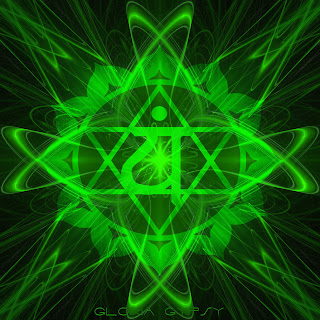Hello and welcome! Our recent
discussions have been geared towards our chakra system and how it
works. Today I'm going to provide you with some information about the
Crown Chakra, the last of the main chakras that we will be going
over. As mentioned earlier, there are hundreds if not thousands
throughout the body, but these 7 main chakras are most commonly
examined.
The Crown Chakra, or Sahasrara
in Sanskrit, is violet or white in color, and is located at the top
of the head. It correlates with the pituitary gland, central nervous
system, and cerebral cortex. The crown is all about wisdom,
knowledge, and enlightenment. It represents our ability to be fully
connected spiritual beings. When this chakra is open, you experience
awareness of your world, with a lack of judgment or prejudice.
Under-active chakras can leave a person rigid in their thinking, not
allowing them to be spiritually aware. On the other hand, if we
ignore our bodily needs in an addiction to spirituality, the chakra
becomes over-active. At this point, over-intellectualizing can become
a commonality.
Emotional
attributes include experiencing pure bliss, seeing and appreciating
inner and outer beauty, grace, and total experiential spiritual
connection. Imbalances can manifest as boredom, confusion, apathy, an
inability to learn, alienation, depression, and over time can lead to
physical and mental ailments, headaches, mental illness, nervous
system disorders, and pituitary problems.
To
open and balance the crown chakra pray, meditate, sit in silence,
keep a dream journal, put a clear quartz in your water bottle to
purify it, get outside and breath fresh clean air and soak up the
sunshine. More importantly, see yourself in every person you meet and
find commonality with others. If you like stones and crystals use
amethyst, clear quartz, or opal in your meditations or carry them
with you throughout the day. Burn lotus incense, or use lotus,
frankincense and myrrh, or violet essential oil. A common positive
affirmation you can use is, “I am one with the Universe/God/etc.”
Here
is a nice guided meditation you may find beneficial!
This will wrap up our discussion of the crown chakra, and the series of blogs on the chakra system. I hope you have learned something that you can take with you that will be of some value. I'm not quite sure what I'm going to be writing about next. There are so many things I want to talk about! If you have a particular topic you'd like me to approach, leave a comment below or email me at jodi.sweitzer@gmail.com
~Namaste






